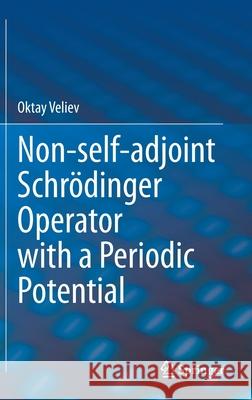Non-Self-Adjoint Schrödinger Operator with a Periodic Potential » książka
topmenu
Non-Self-Adjoint Schrödinger Operator with a Periodic Potential
ISBN-13: 9783030726829 / Angielski / Twarda / 2021 / 294 str.
Kategorie BISAC:
Wydawca:
Springer
Język:
Angielski
ISBN-13:
9783030726829
Rok wydania:
2021
Wydanie:
2021
Ilość stron:
294
Waga:
0.60 kg
Wymiary:
23.39 x 15.6 x 1.91
Oprawa:
Twarda
Wolumenów:
01
Dodatkowe informacje:
Wydanie ilustrowane











